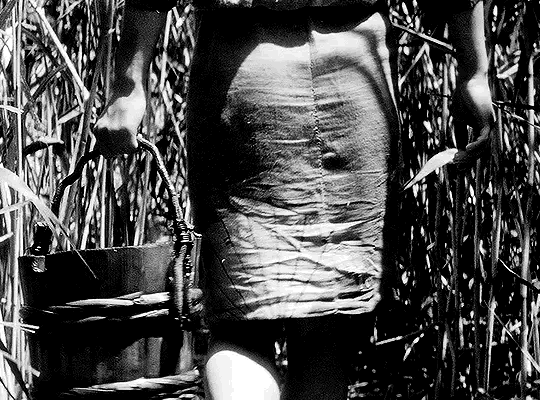#kaneto shindō
Photo

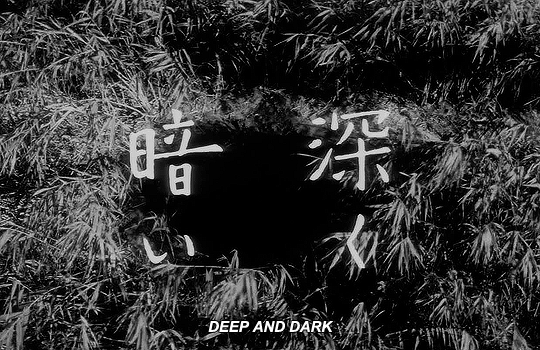

Onibaba (1964) | dir. Kaneto Shindō
#onibaba#鬼婆#horroredit#worldcinemaedit#classicfilmedit#filmedit#filmgifs#kaneto shindō#kaneto shindo#*
1K notes
·
View notes
Text

3 notes
·
View notes
Text
Mother (1963)


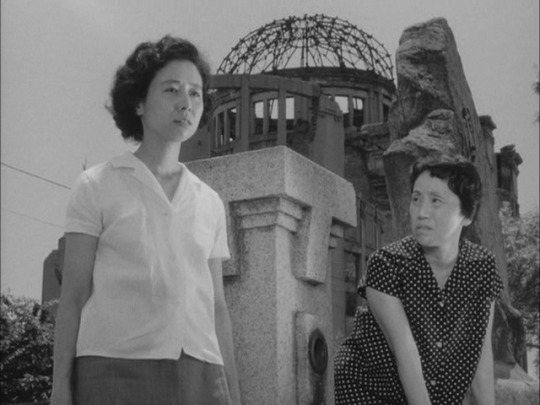



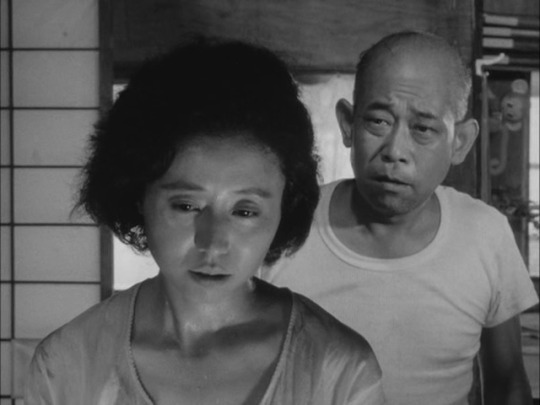
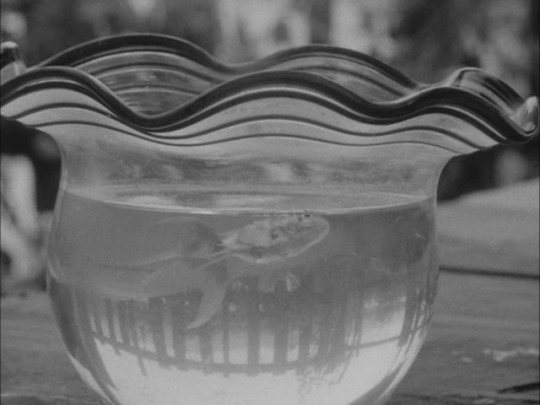
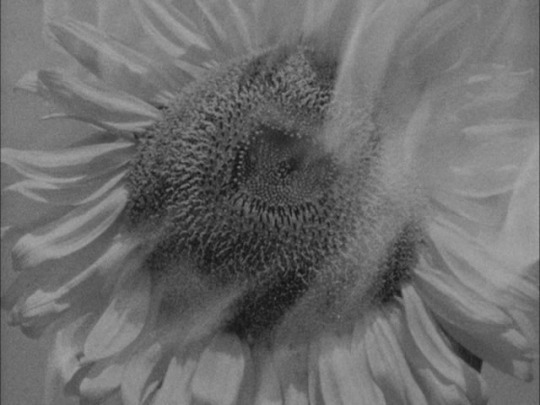
母 Mother (1963)
directed by Kaneto Shindō
cinematography by Kiyomi Kuroda
#母#mother#kaneto shindō#japanese cinema#japanese movies#stills#1960s#nobuko otowa#haruko sugimura#kōji takahashi
6 notes
·
View notes
Link
Película disponible para ver online, con subtítulos en español incrustados.
4 notes
·
View notes
Text


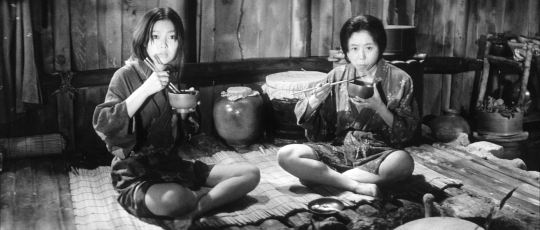

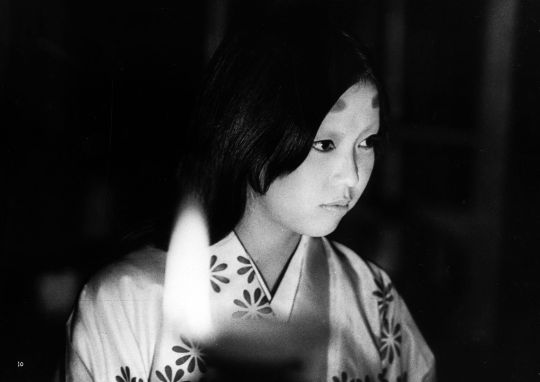
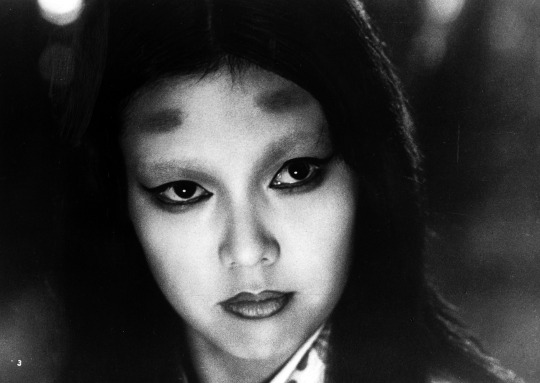
Kuroneko (藪の中の黒猫) (Yabu no naka no kuroneko) (Black Cat) (1968) Kaneto Shindô
March 17th 2024
#kuroneko#藪の中の黒猫#Yabu no naka no kuroneko#black cat#1968#Kaneto Shindō#Kichiemon Nakamura#Kichiemon Nakamura II#Kiwako Taichi#Nobuko Otowa#Kei Satô#A Black Cat in a Bamboo Grove#the black cat
0 notes
Text
The White Reindeer: The Finnish Folk Horror Classic
Here is a review of one of the most famous Finnish films ever made, The White Reindeer. An odd passion project for it's married creative leads, this remains a unique work within folk horror.
Folk horror continues to be a significant subject of interest within our spheres, thanks in no small part to the recent publications and boxsets created to celebrate and highlight the trend. The term originates in the seventies, positing recent British works like Blood on Satan’s Claw (Piers Haggard, 1971), Witchfinder General (Michael Reeves, 1968), and The Wicker Man (Robin Hardy, 1973)…

View On WordPress
#Blood on Satan&039;s Claw#Classic Releases#Edge of the Knife#Erik Blomberg#Film Reviews#Folk Horror#Georgiy Kropachyov#Gwaai Edenshaw#Helen Haig-Brown#Horror#Kaneto Shindō#Konstantin Ershov#Kuroneko#Lamb#Michael Reeves#Mirjami Kuosmanen#Onibaba#Piers Haggard#Robin Hardy#The White Reindeer#The Wicker Man#Valdimar Jóhannsson#Viy#Witchfinder General
1 note
·
View note
Text
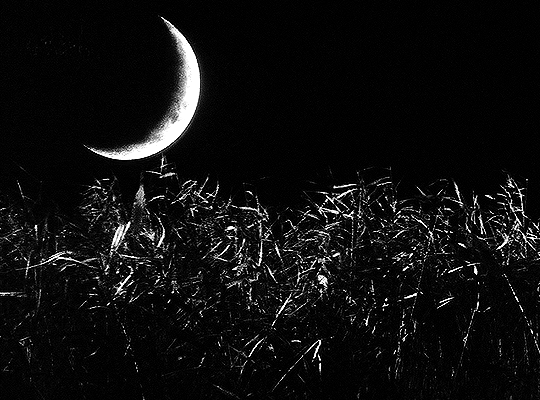
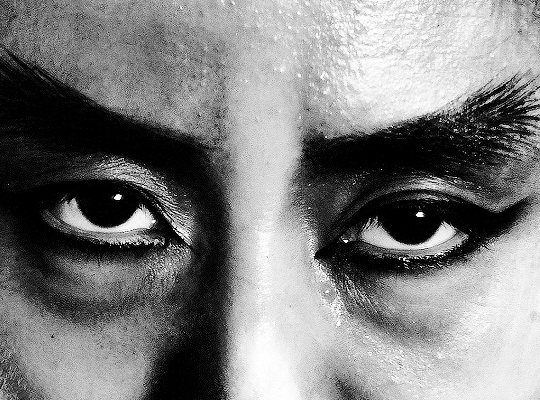


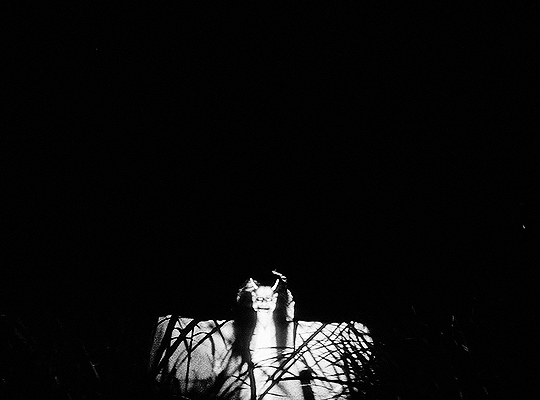
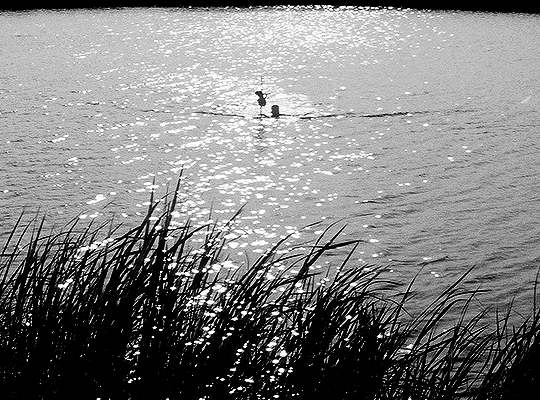




‘鬼婆’ ONIBABA
1964 | dir. Kaneto Shindō
#ours#by charlie#onibaba#1960s#japan#filmedit#worldcinemaedit#horroredit#filmgifs#moviegifs#classicfilmsource#classichorrorblog#userbrittany#userlenie#uservita#userkraina#usersavana#usersnat
2K notes
·
View notes
Text

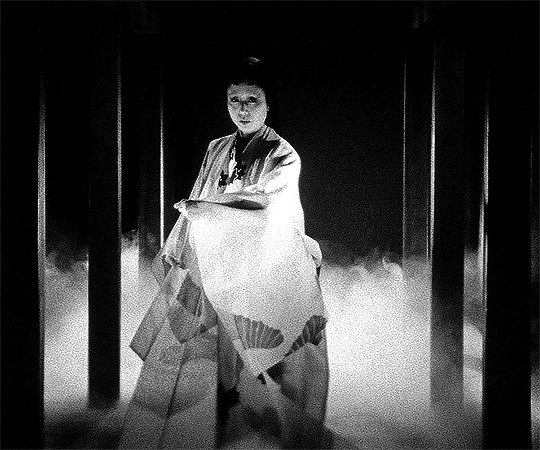
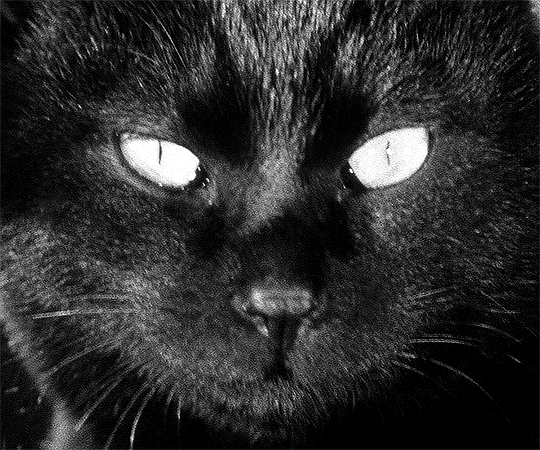

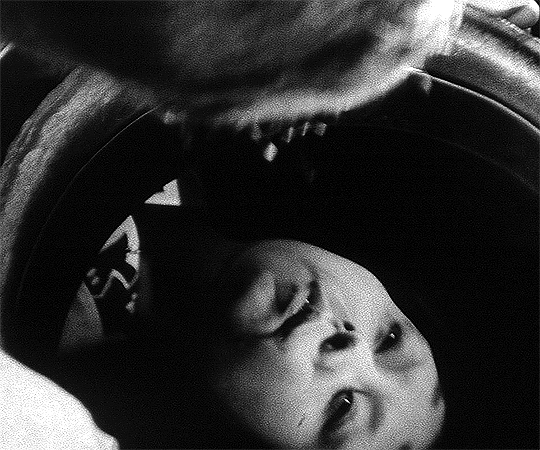


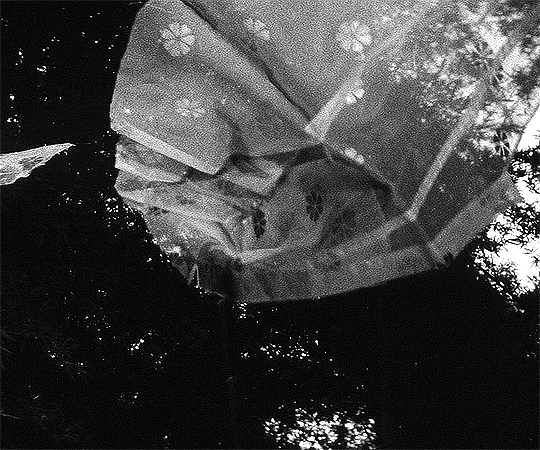

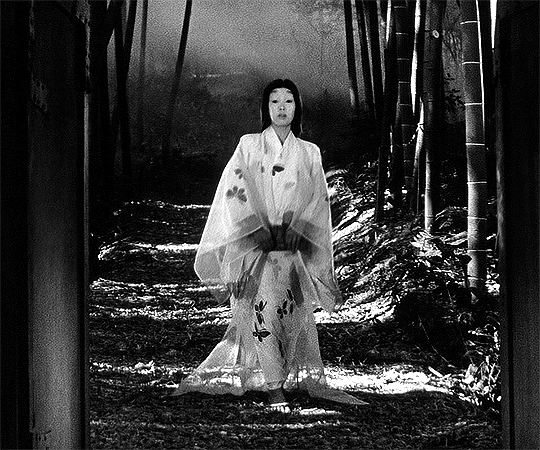
‘藪の中の黒猫’ Black Cat
1968 | dir. Kaneto Shindō
#*#kuroneko#black cat#films#filmedit#horroredit#moviegifs#classicfilmsource#classichorrorblog#userbrittany#uservita#albertserra#horrorfilmgifs#filmgifs#1k
1K notes
·
View notes
Text
𝔱𝔥𝔢 𝔰𝔲𝔟-𝔤𝔢𝔫𝔯𝔢𝔰 𝔬𝔣 𝔥𝔬𝔯𝔯𝔬𝔯:

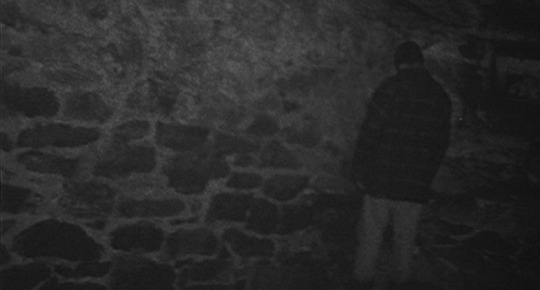





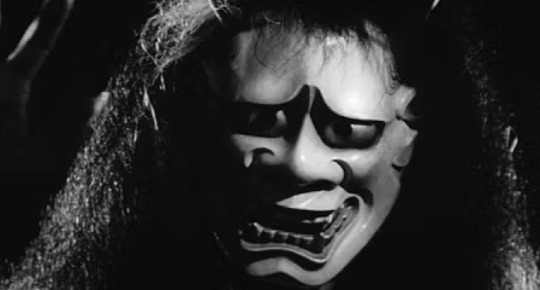
➞ 𝔭𝔞𝔯𝔱 𝔱𝔥𝔯𝔢𝔢 | 𝔣𝔬𝔩𝔨 𝔥𝔬𝔯𝔯𝔬𝔯
a sub-genre of horror that utilizes elements of folklore, like religion and the occult, to create suspense
• Midsommar (2019) dir. Ari Aster
• The Blair Witch Project (1999) dir. Daniel Myrick & Eduardo Sánchez
• The Wicker Man (1973) dir. Robin Hardy
• Häxan (1922) dir. Benjamin Christensen
• Children of the Corn (1984) dir. Fritz Kiersch
• The Witch (2015) dir. Robert Eggers
• Lamb (2021) dir. Valdimar Jóhannsson
• Onibaba (1964) dir. Kaneto Shindō
#horror sub-genres#folk horror#films#movies#horror#horror films#cinema#film frames#film#cinematography#film stills#cinephile#film is not dead
286 notes
·
View notes
Text


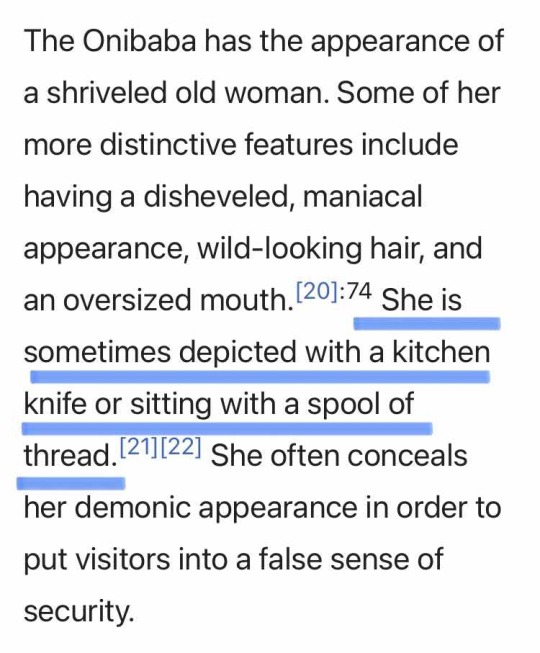

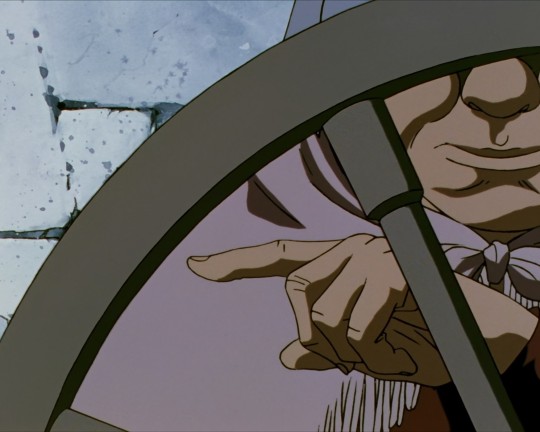


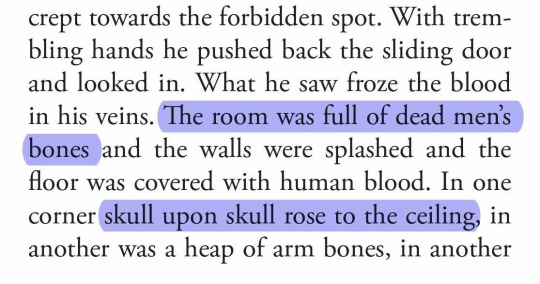
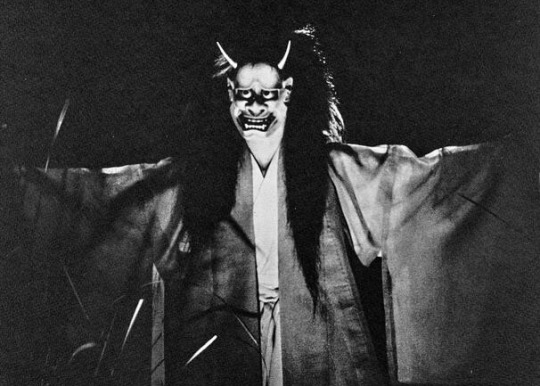
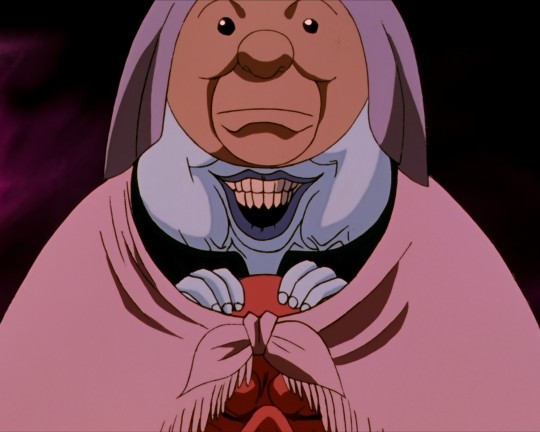
kurozuka (gazu hyakki yagyō), toriyama sekien / the goblin of adachigahara (japanese fairy tales), yei theodora ozaki / onibaba, kaneto shindō / berserk, kentaro miura
184 notes
·
View notes
Text
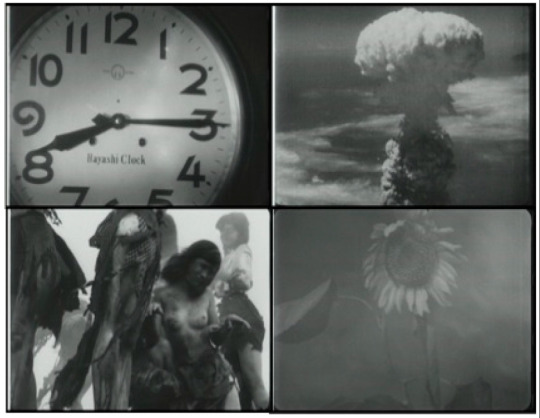
Kaneto Shindō's Children of Hiroshima, 1952
#movies#film#kaneto shindo#shindo kaneto#children of hiroshima#1950s#black and white#photomontage#history#genbaku no ko#docudrama#quasi documentary#ww ii#hiroshima#japan#art#atomic bomb#horrors of war
23 notes
·
View notes
Text
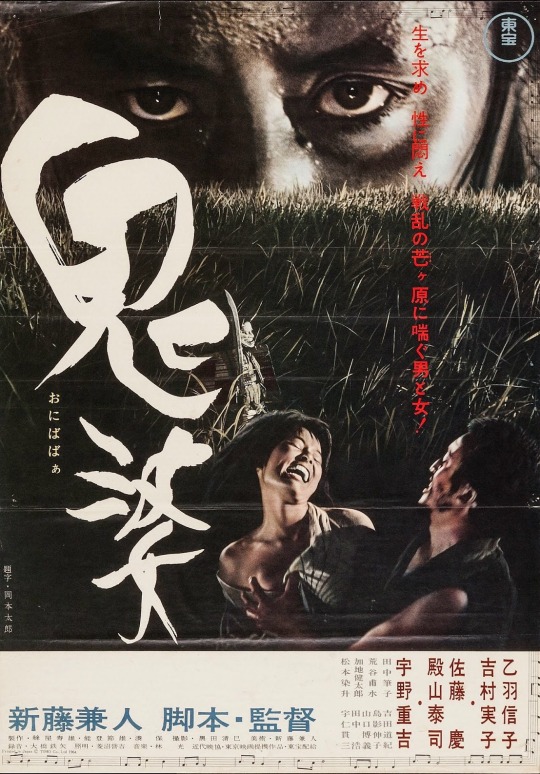
1 note
·
View note
Photo



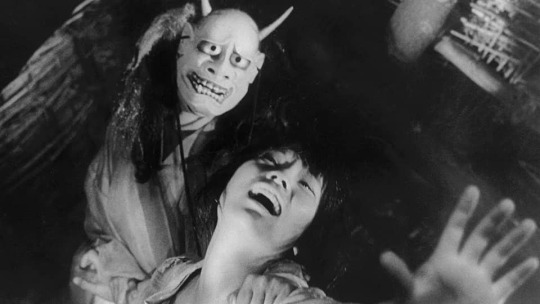
Onibaba (Kaneto Shindō, 1964)
#onibaba#kaneto shindo#horror#japan horror#japan#cult#cult movies#1964#jidaigeki#nobuko otowa#jitsuko yoshimura
82 notes
·
View notes
Note
right but a lot of the criticism i’ve seen of oppenheimer isn’t that the movie oppenheimer isn’t about the victims but that a movie about oppenheimer & not the victims is what got made
I have definitely seen both of those criticisms. And while there’s merit to ask for films about the victims of the atomic bombings - that’s just the thing. There are films about the victims of the bombs. Many, many films (not to say there can’t be more made today - but to act like this narrative has never been addressed is false). Several of them Japanese films - which I would argue is the crucial POV for comprehending a tragedy that happened in Japan. An American film made by American people is not really the film to be evaluating how the Japanese experienced the atomic bombs. Does that mean a film can’t be made by Americans? Of course not. But one would hope there would be voices consulted and researched.
But to say that there can’t be a film about the man who directly led to the tragedy itself is a bad faith argument. There’s absolutely no reason both stories can’t be told. What would be a mistake would be if Oppenheimer was this big grand-standing story that made everyone who created the bomb look like a hero - the thing people are accusing this film of being. But that’s not what the film is. It’s a character study on a very complex historical figure. It is not glorifying him or the tragedy or the war. And it directly not showing the repercussions on others is both the point and lets the film escape any exploitativeness.
I’m not claiming to be an expert on this entire historical event, but it is very clear to me that saying this film shouldn’t exist is not even trying to engage with the text. Two things can exist. If people feel so strongly about having a narrative on both ends, then they should be talking about films that do talk about the bombings impact, not saying this one film is somehow taking away from the other conversation.
Nolan is not making a story about the victims, and he never claimed to be doing so. He does not have to tell that story either, especially when he probably isn’t the right person to do so.
If anything, the people asking about a film directly about the victims in Los Alamos is a better argument. There is definitely a story to be told there and I would encourage one to be told. However, just because that’s not what Oppenheimer is about doesn’t mean it is somehow morally corrupt or a bad film for that reason. Historical films are easily picked apart because they can always address more, and there are some historical films that get facts wrong in a genuine needs-to-be-fact-checked way, sometimes with intent to avoid controversy and other times to contribute to a narrative being shaped. But it’s also relevant to acknowledge that the focus of Oppenheimer is not the bomb. Or its impacts. Critique the film on its historical shortcomings if need be (I wouldn’t be the person to know all of that in detail), that’s all well and dandy. But this film on its own is a very focused lens idea, not the broad one.
Anyway:
• Hiroshima (1953) dir. Hideo Sekigawa
• Black Rain (1989) dir. Shôhei Imamura
• Barefoot Gen (1983) dir. Mori Masaki (I believe the original manga has many adaptations, but this was the first)
• Rhapsody in August (1991) dir. Akira Kurosawa
• Children of Hiroshima (1952) dir. Kaneto Shindō
• Hiroshima Mon Amour (1959) dir. Alain Resnais
and common misconception that Grave of the Fireflies (1988) dir. Isao Takahata is about the atomic bombings - it’s more about the overall carpet bombings and the toll of WWII in general
hell - the entire kaiju genre is birthed from the artistic response to the atomic bombings : Godzilla (1954) dir. Ishirō Honda
^ these are just some I’ve heard of through my own knowledge / looking some up. can’t attest to their quality - but films like this do exist
33 notes
·
View notes
Text
Children of Hiroshima: The Foundation for Hibakusha Cinema
A criticism Oppenheimer faces is it fails to showcase a Japanese perspective on the bomb. We as critics should take it upon ourselves to highlight such works. With that, here is a review of Children of Hisoshima, an early work from Kaneto Shindō. Enjoy!
There’s a popular misconception that Gojira, Ishiro Honda’s kaiju masterpiece, was the first Japanese film meant to be an aesthetic reaction and articulation of the bombings of Hiroshima and Nagasaki and therefore nuclear anxieties. While true that it was one of the first films made by Japanese filmmakers after the post-war American occupation which forbade depictions of the bombings, it would be…

View On WordPress
#Akira Ifukube#Arata Osada#Children of Hiroshima#Children of the Atomic Bomb#Classic Releases#Drama#Film Reviews#Gojira#hibakusha cinema#Hideo Sekigawa#Hiroshima#History#Ishiro Honda#Japan Teachers Union#Kaneto Shindō#Kuroneko#Miwa Saitō#Nobuko Otowa#Onibaba#Osamu Takizawa#Takashi Itō#Takeo Itô#Zenju Imaizumi
0 notes
